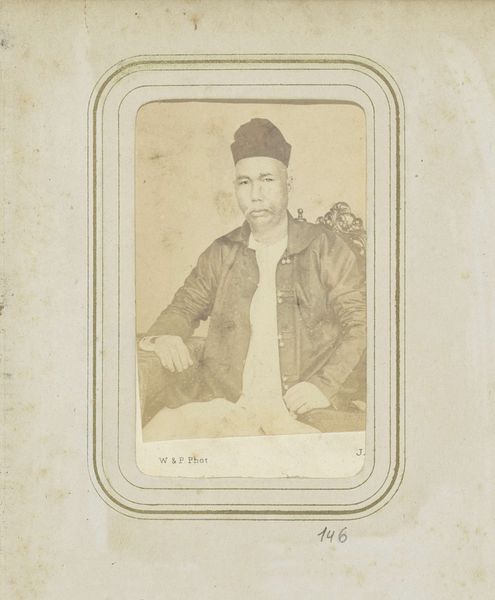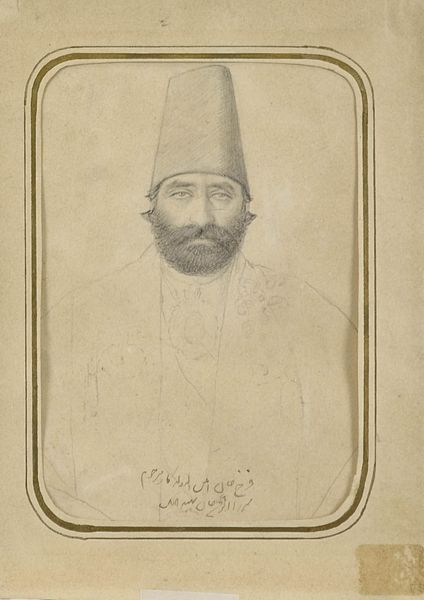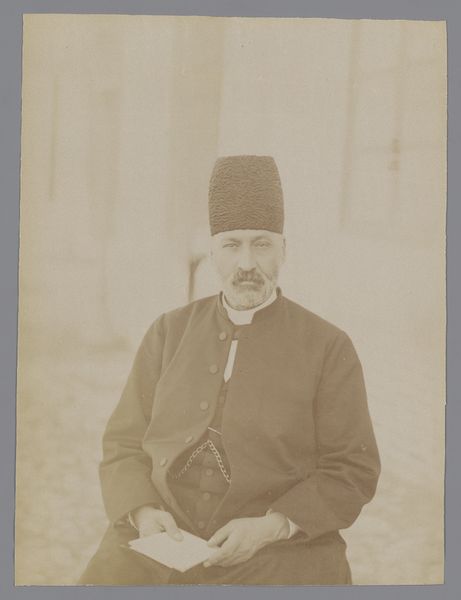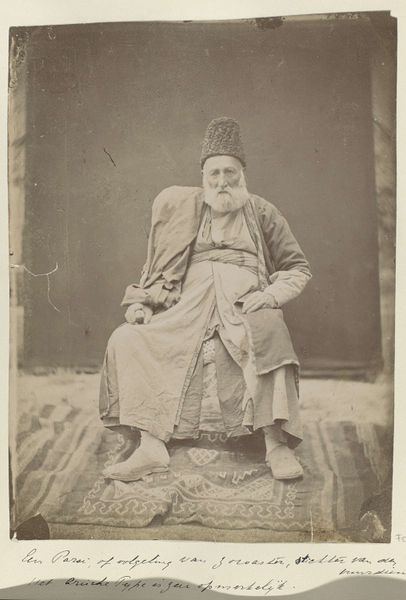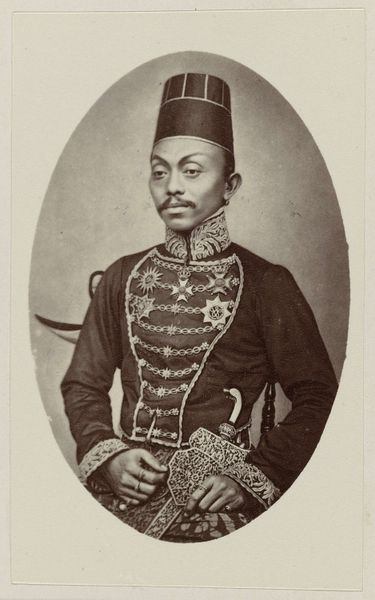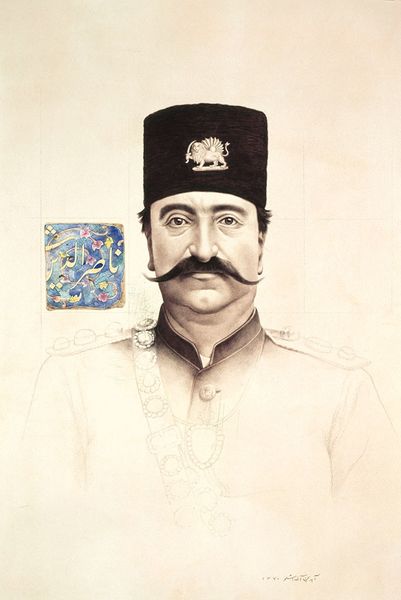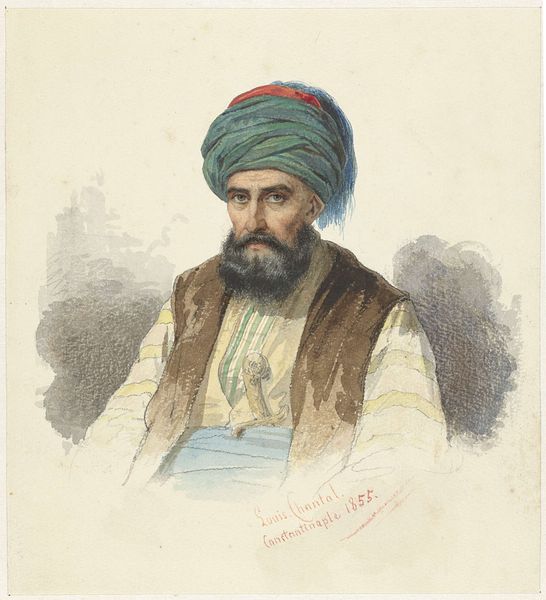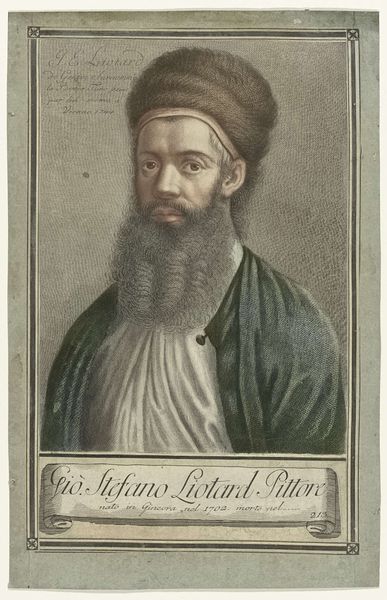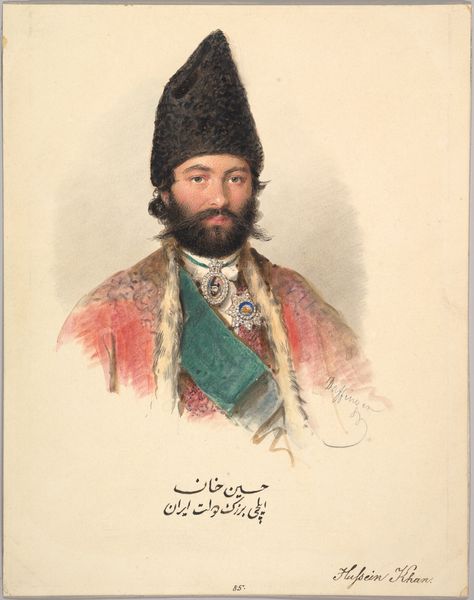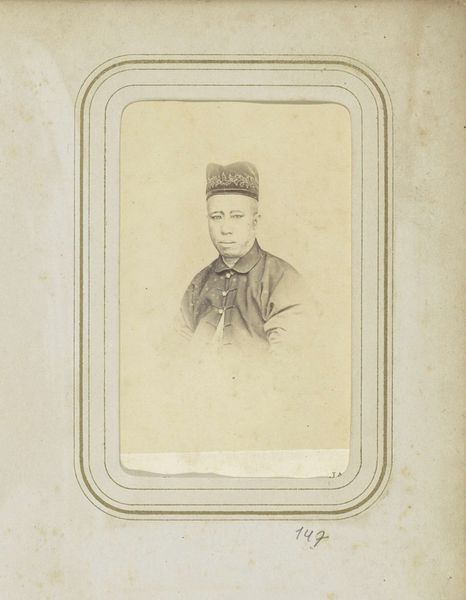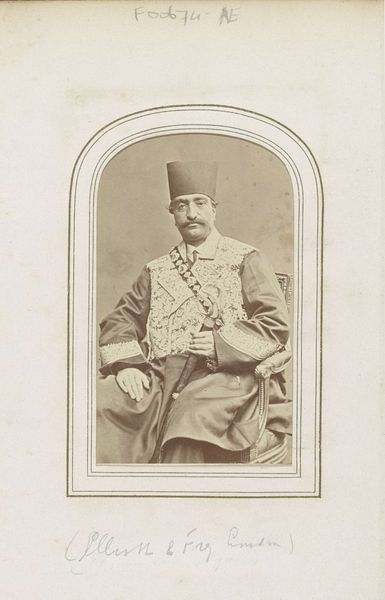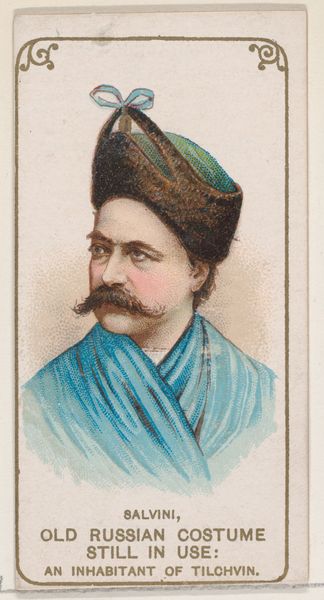
painting
#
portrait
#
portrait image
#
painting
#
portrait reference
#
portrait head and shoulder
#
animal drawing portrait
#
portrait drawing
#
facial portrait
#
academic-art
#
portrait art
#
fine art portrait
#
celebrity portrait
#
digital portrait
Copyright: Public domain
Mohammad Hadi Tajvidi painted this untitled portrait. We aren’t certain of the date it was made, but we do know Tajvidi was working during a time of significant cultural and political change in Iran. Portraits like this were often commissioned by members of the upper class or government officials; individuals who had the means to commission such work. This portrait serves as a visual assertion of the sitter’s status within society. The man’s attire, especially the hat, signifies a particular rank or affiliation within the Iranian political or social hierarchy of the time. Tajvidi paints the man in a way that embodies dignity and authority through his direct gaze and formal posture. How does this representation reinforce traditional power structures, and what alternative narratives might be missing from this portrait? What feelings do you experience when looking at the portrait? What position does the sitter occupy? What position do you occupy?
Comments
No comments
Be the first to comment and join the conversation on the ultimate creative platform.
